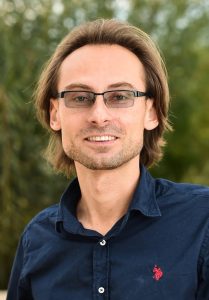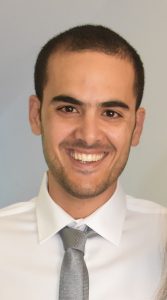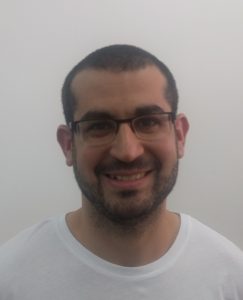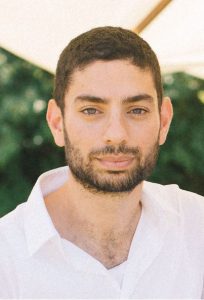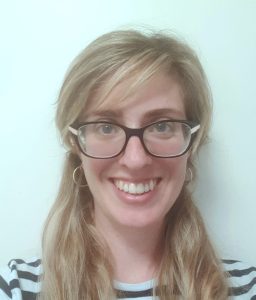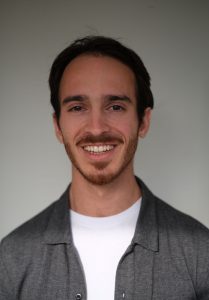A New Way to Create Entangled Photons
Researchers from the Technion-Israel Institute of Technology and Tel Aviv University developed an innovative method to engineer quantum entanglement in a crystal by using computational learning tools
One of the first discoveries of quantum physics is that light is made up of particles called photons. Most of the light beams in everyday life contain a large number of photons, but there are interesting applications based on weak light beams. Quantum communication is based on the transfer of data using single photons, when the information is encoded using a certain property of light (e.g., a photon’s color or spatial shape).
Quantum entanglement is a phenomenon in which the quantum states of two or more objects cannot be described as independent states of each of the objects, but only in relation to each other. As soon as a measurement is made on one of the intertwined objects, it is immediately reflected in the other. The upside is huge, as quantum communication can guarantee total immunity to eavesdropping.
One of the common techniques in producing entangled photon pairs is a process called spontaneous parametric down conversion (SPDC), a technique based on sending a laser light beam through a non-linear optical crystal. The laser beam has a myriad of photons and occasionally one of the photons will spontaneously decay inside the nonlinear crystal and produce a highly correlated photon pair. To harness the SPDC process for quantum communication applications, one must create conditions that will lead to the formation of those unique photon pairs.
In a paper published recently in Optica, the flagship magazine of the Optical Society, a collaborative team of researchers from the Technion -Israel Institute of Technology and Tel Aviv University present a method that suggest a new way to create entangled photons, based on computational learning tools (https://doi.org/10.1364/OPTICA.451115). Partners include Eyal Rozenberg, a doctoral student in Professor Alex Bronstein’s research group from the Technion, and members of Professor Ady Arie’s group from Tel Aviv University, Aviv Karnieli, Ofir Yesharim, Joshua Foley-Comer, and Dr. Sivan Trajtenberg-Mills, who is currently a postdoctoral fellow at the Massachusetts Institute of Technology (MIT). The project team was joined by an external expert from Google, Dr. Daniel Freedman.
As their first step, the researchers developed a numerical model that makes it possible to accurately predict the statistical index that evaluates the correlations between the two photons created in the SPDC process for a given optical system. In the second step, both the crystal’s structure and the laser’s structure were used as parameters on which learning can be performed and a cost function was defined – a function that represents the distance between the result obtained by running the numerical model and the result the system-designer wants to reach. When the learning process was activated, it produced the properties of the nonlinear crystal and the laser beam that would produce a result as close as possible to the desired quantum state.
“Our work, together with its complementary code (https://github.com/EyalRozenberg1/SPDCinv), can contribute to additional exciting advances and discoveries in other quantum and classical systems. We decided to publish the whole algorithm as an open-source code to make it possible for additional research groups around the world to use the tools we have developed,” concluded Rozenberg.



